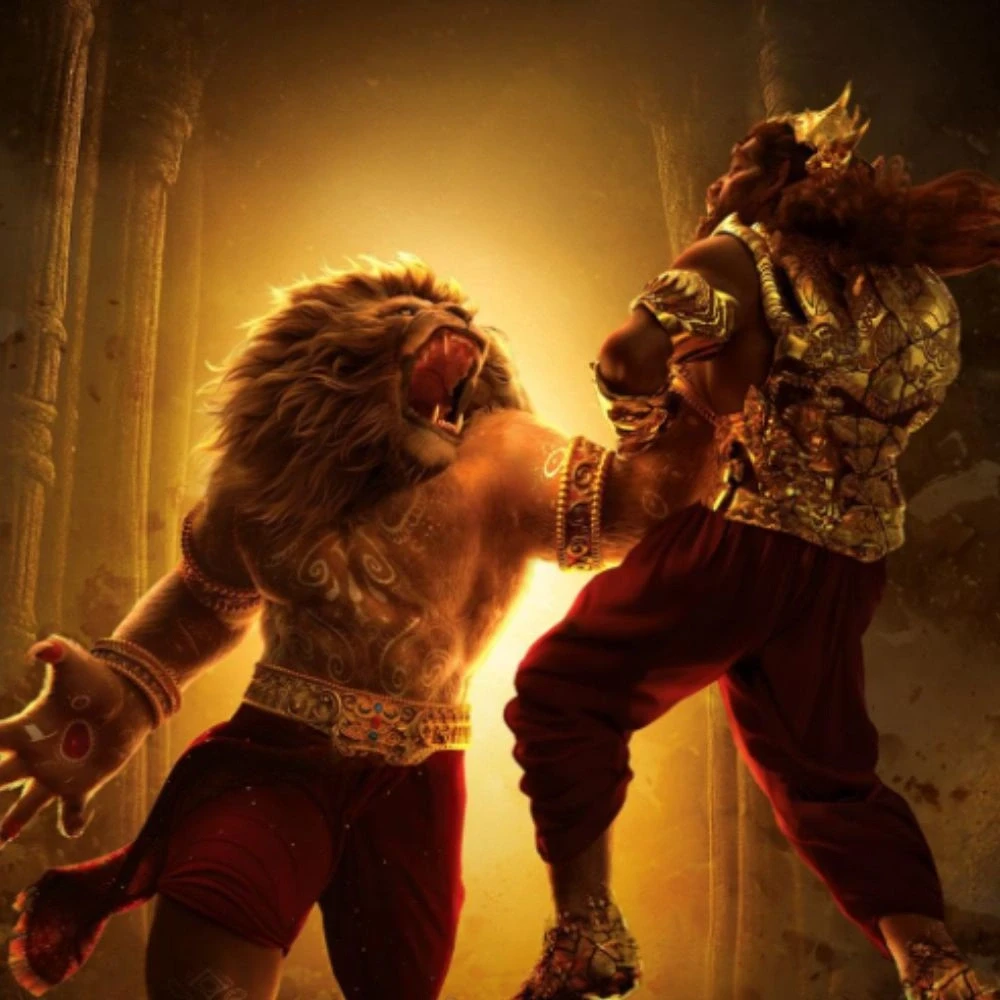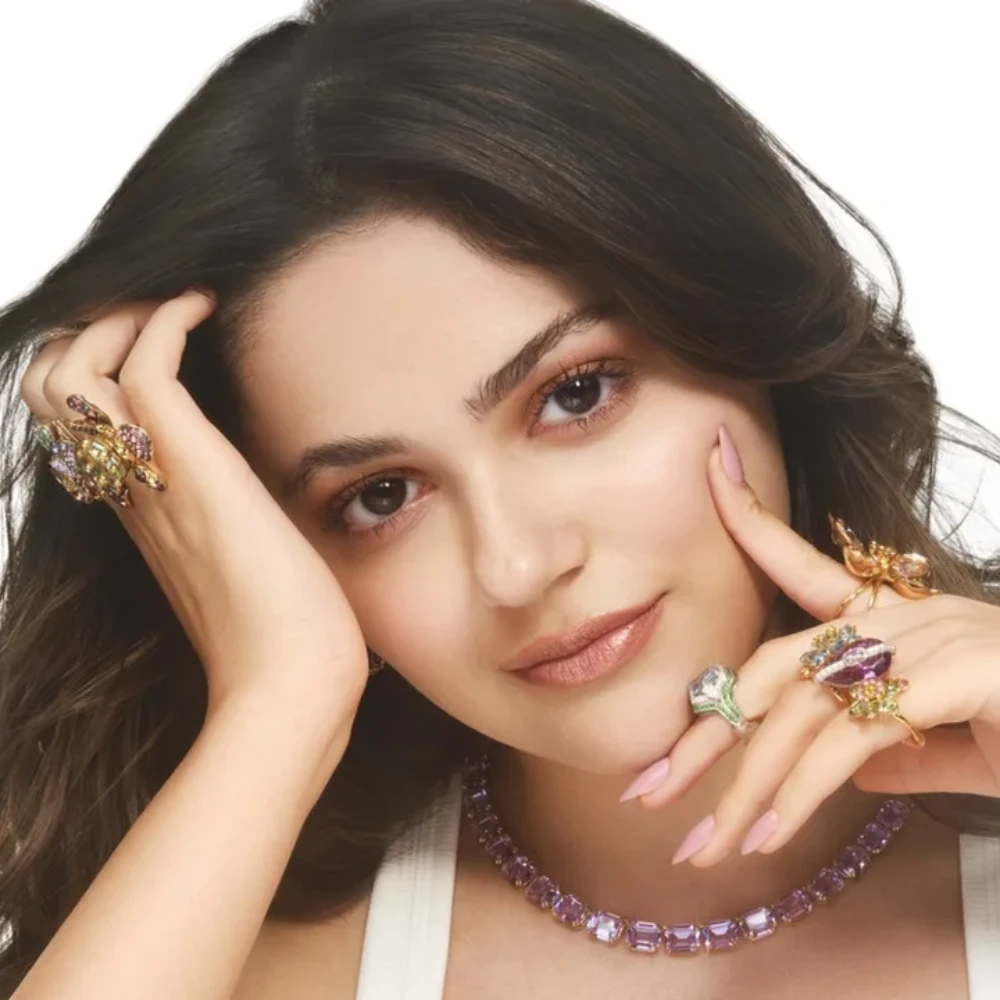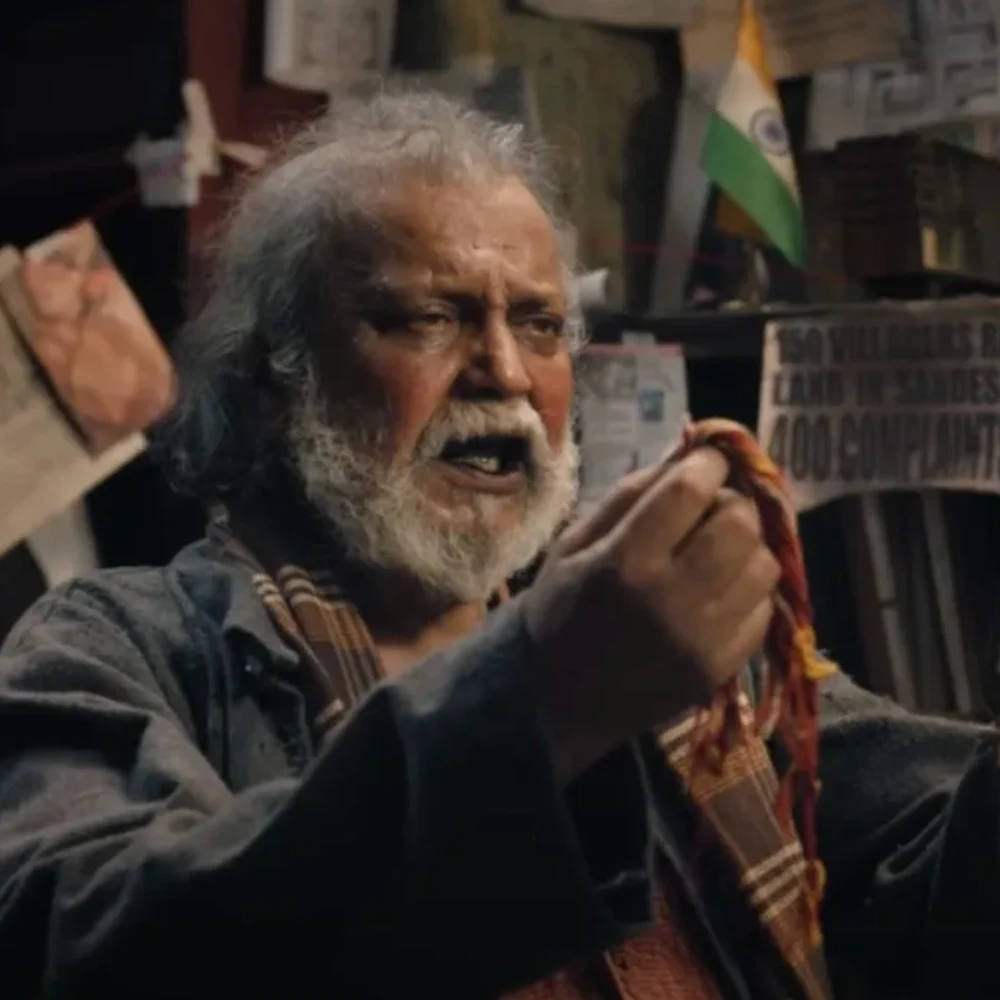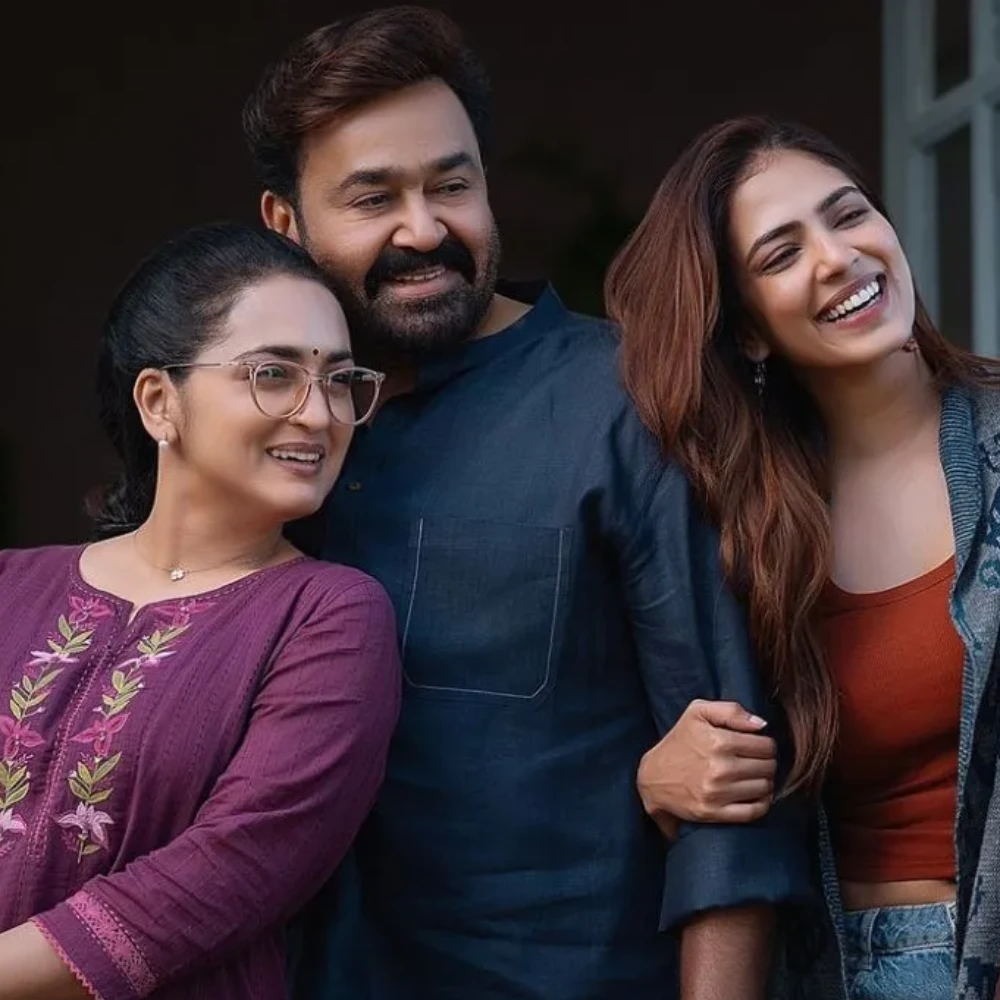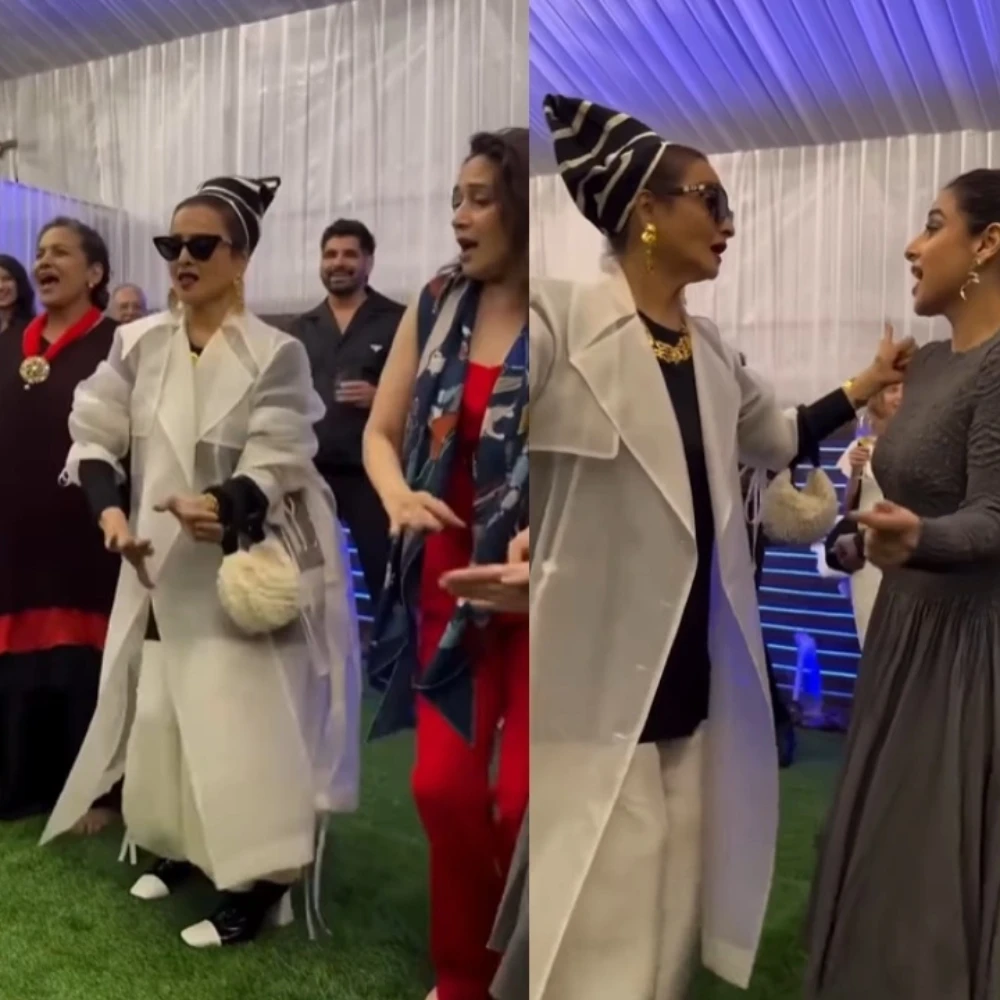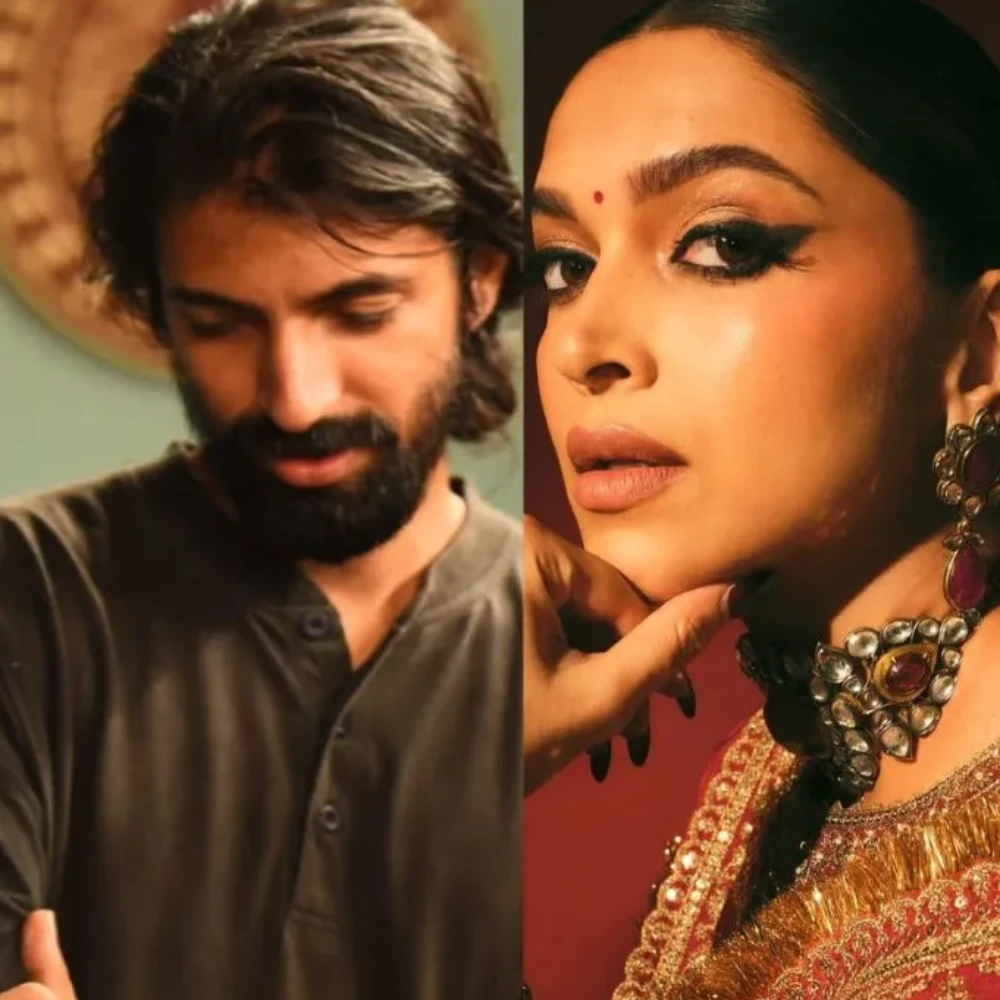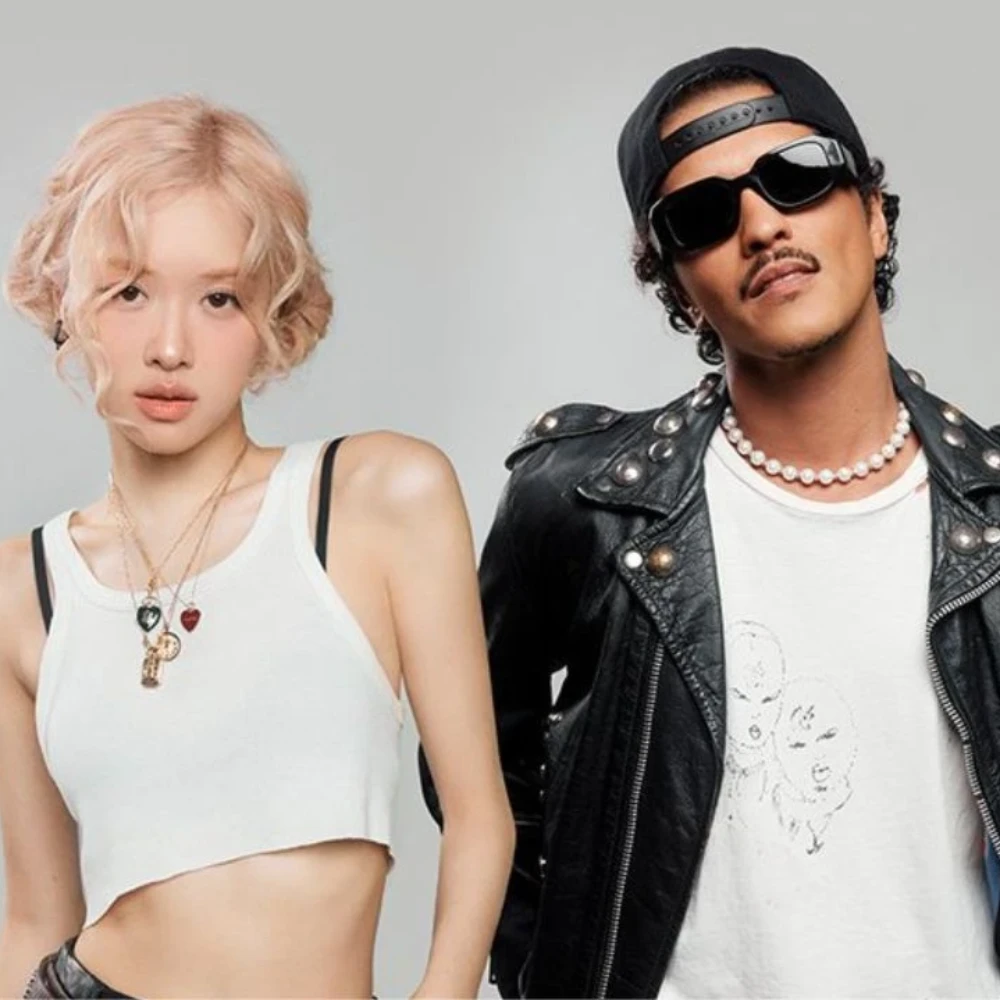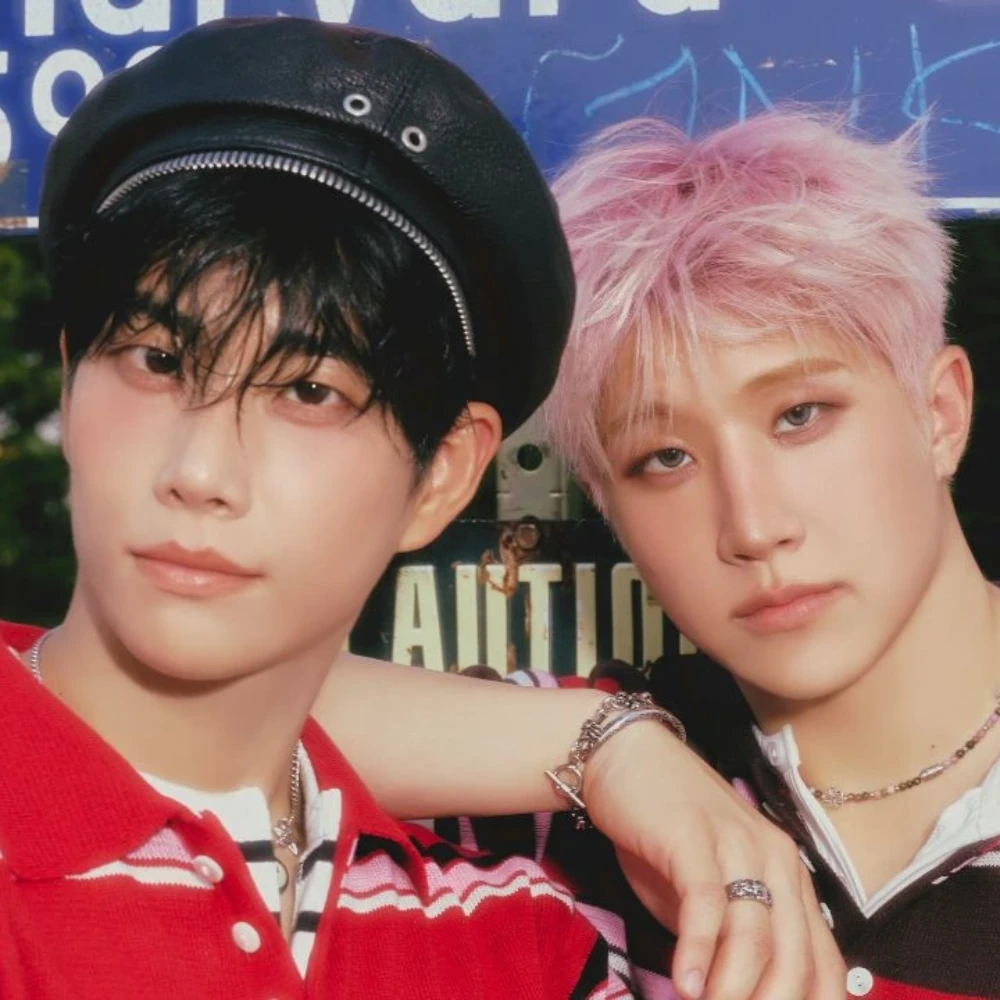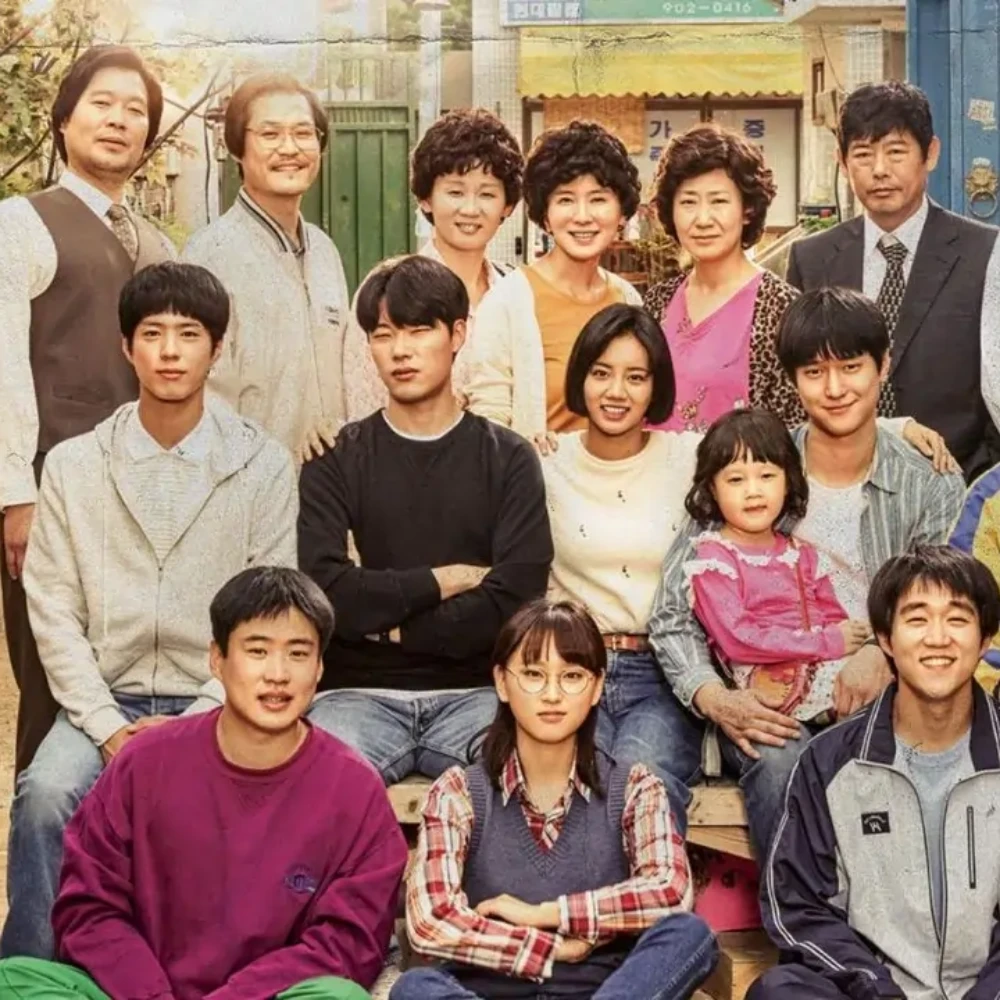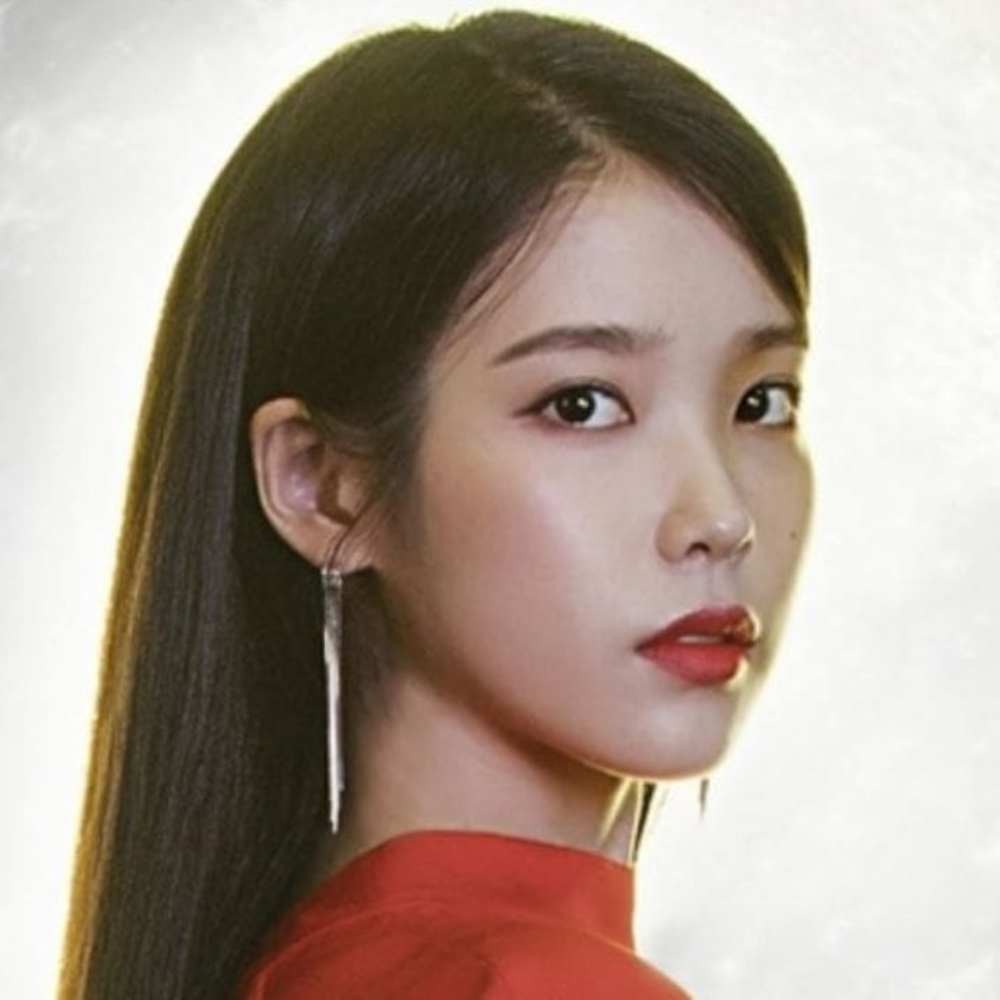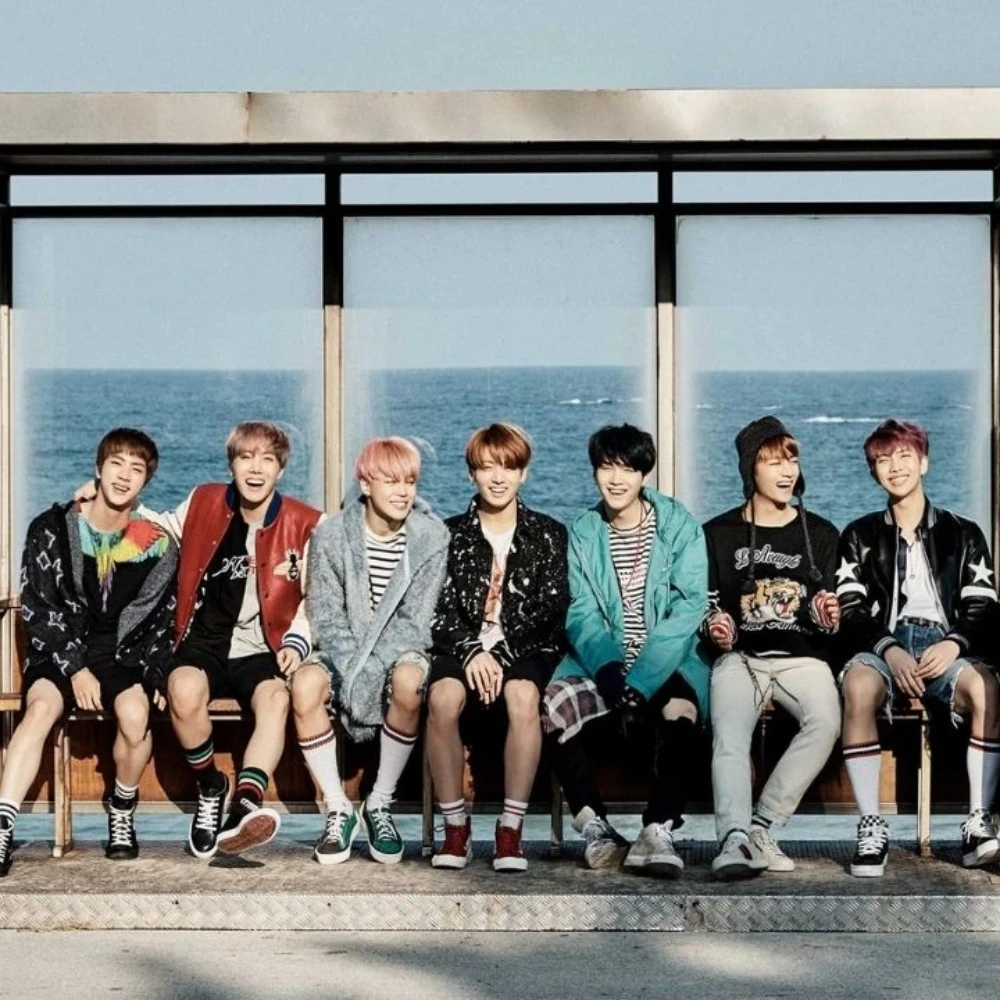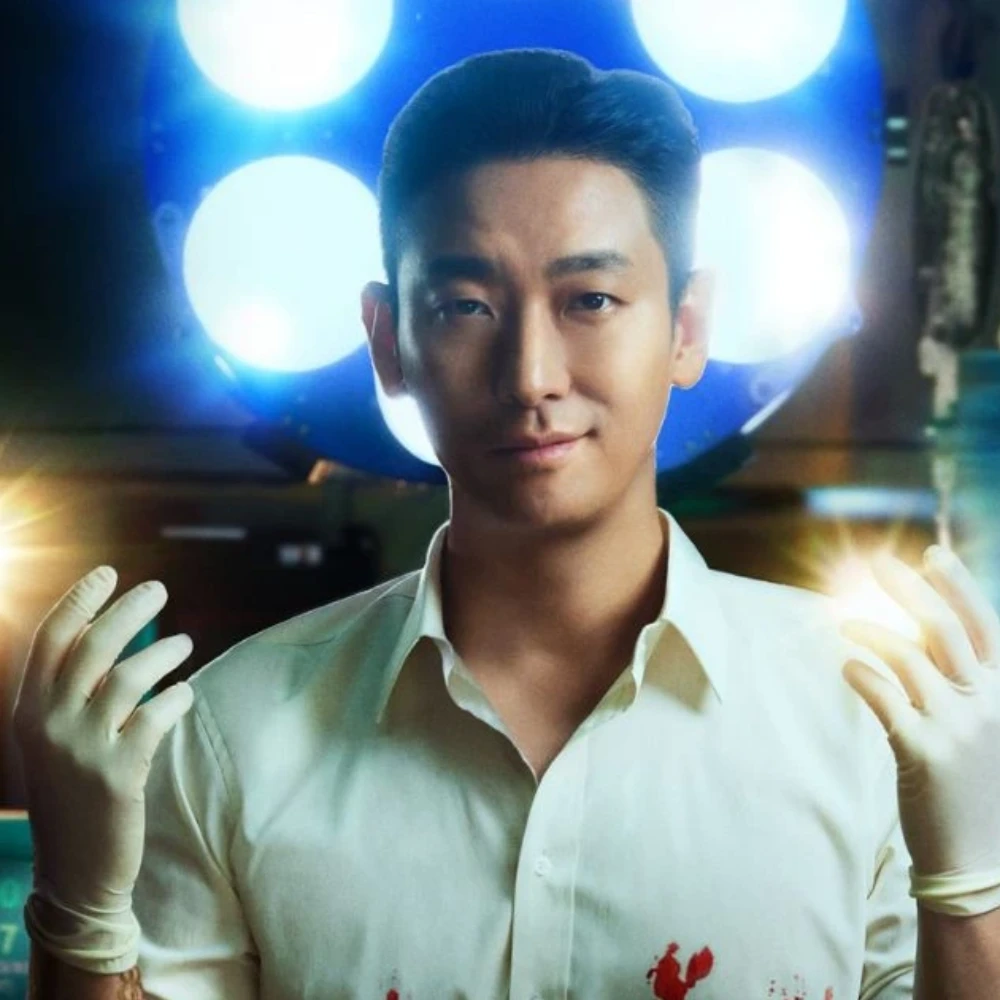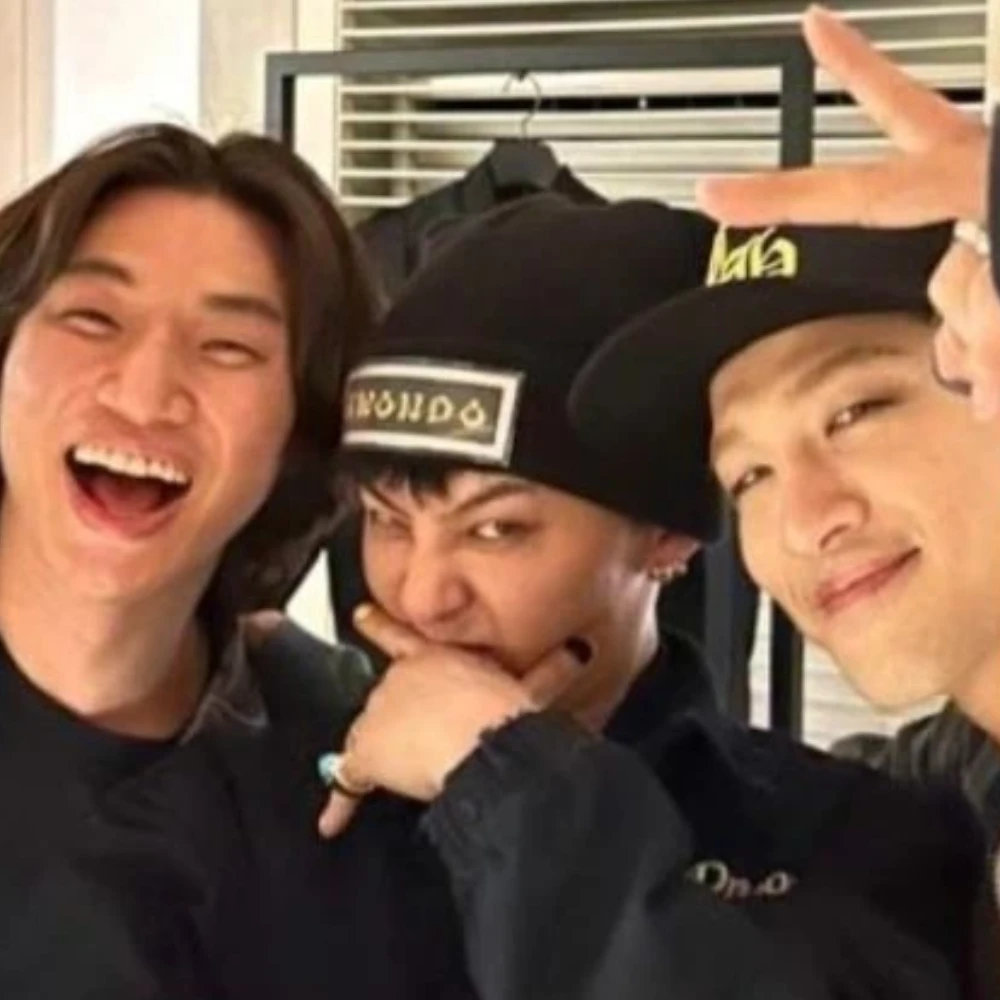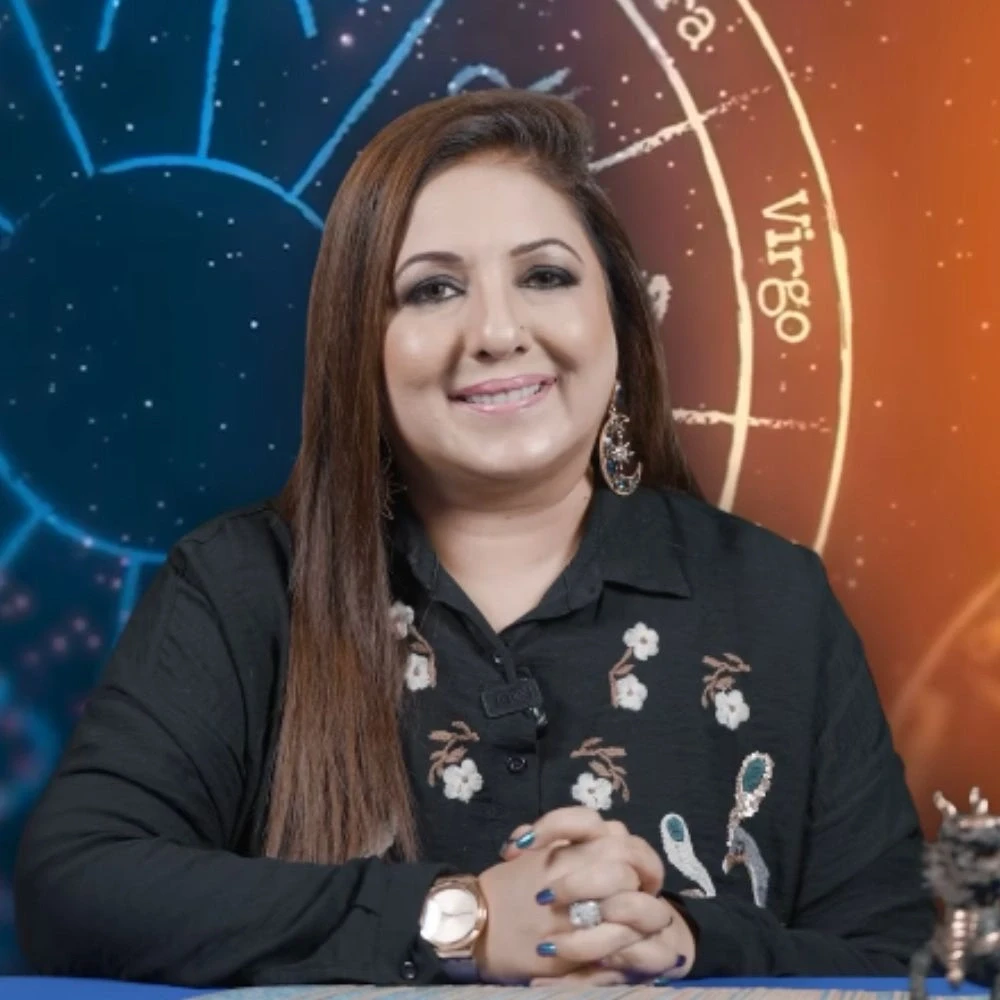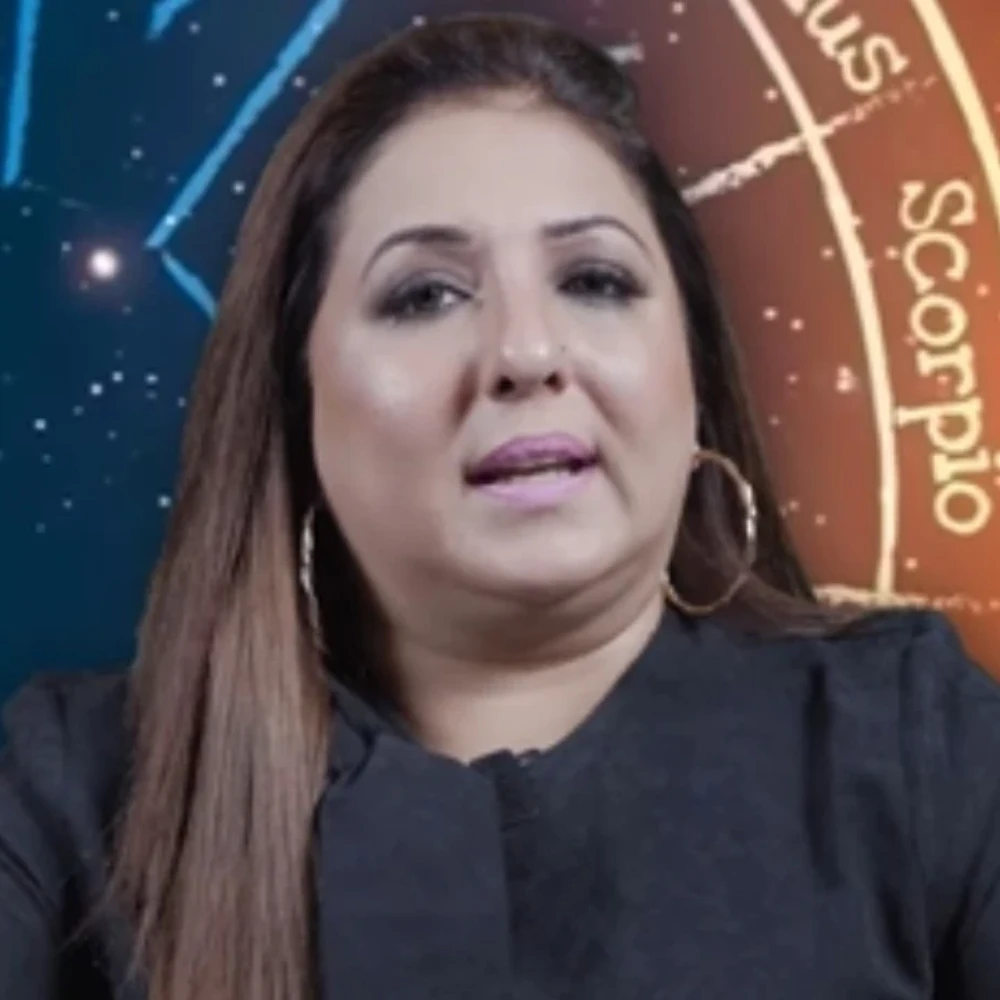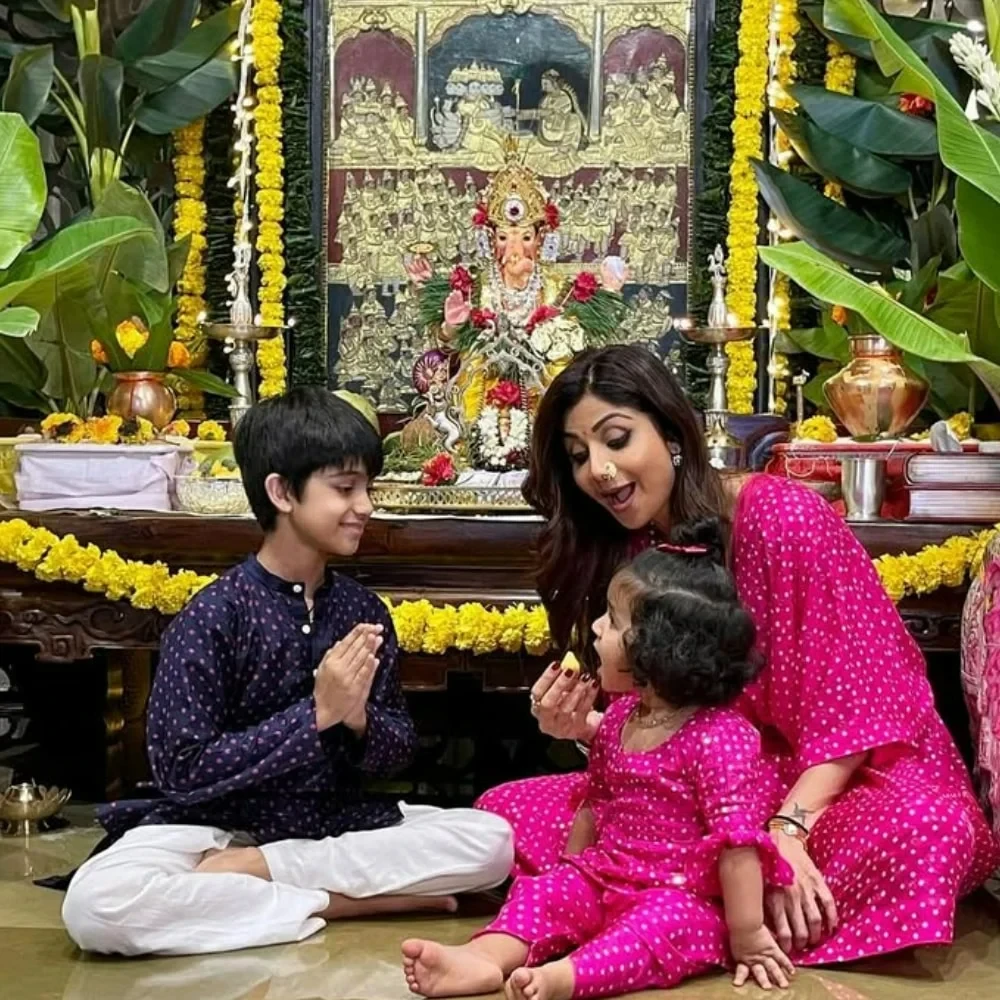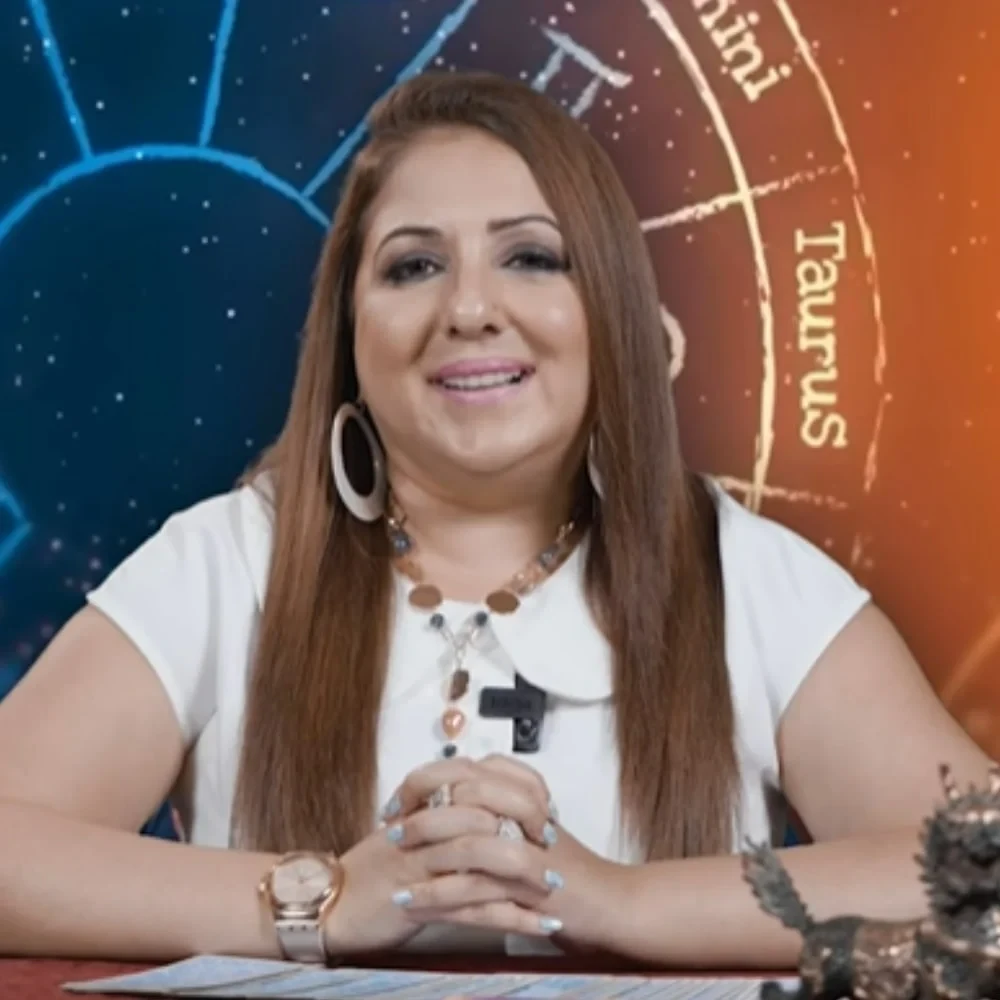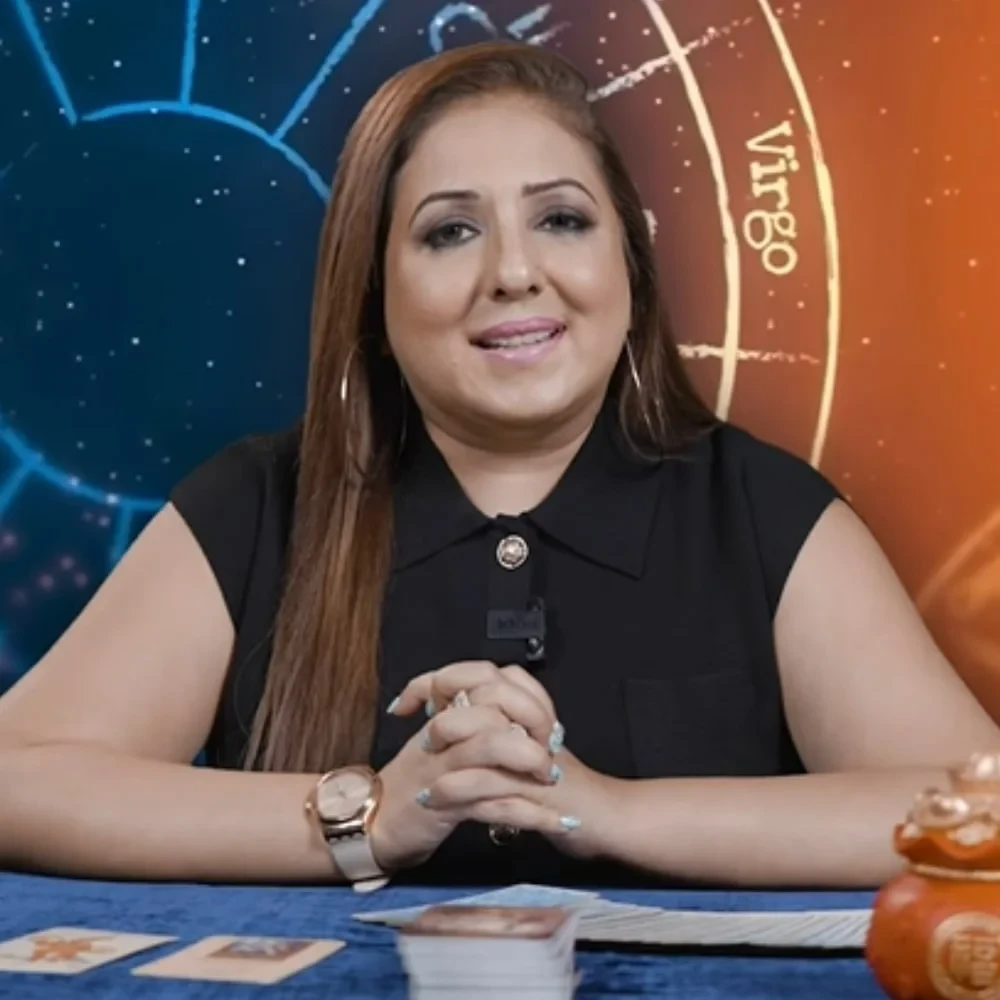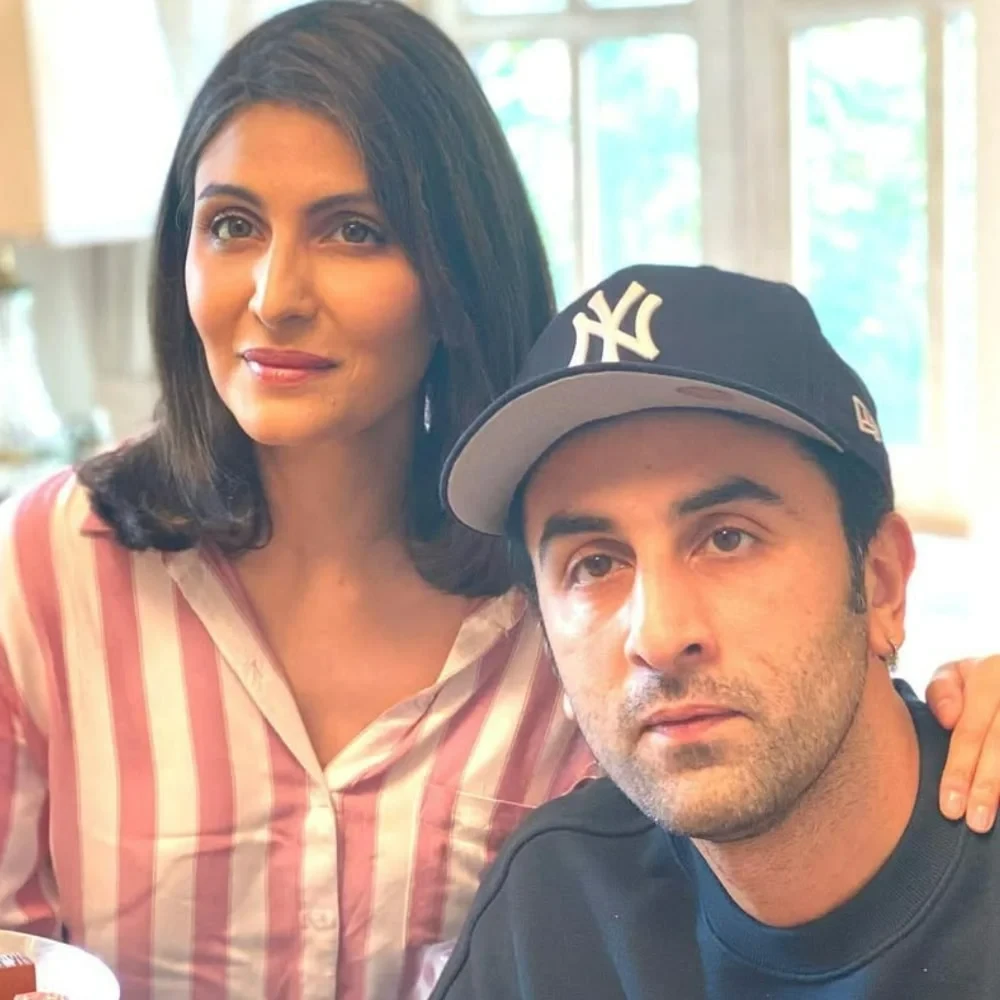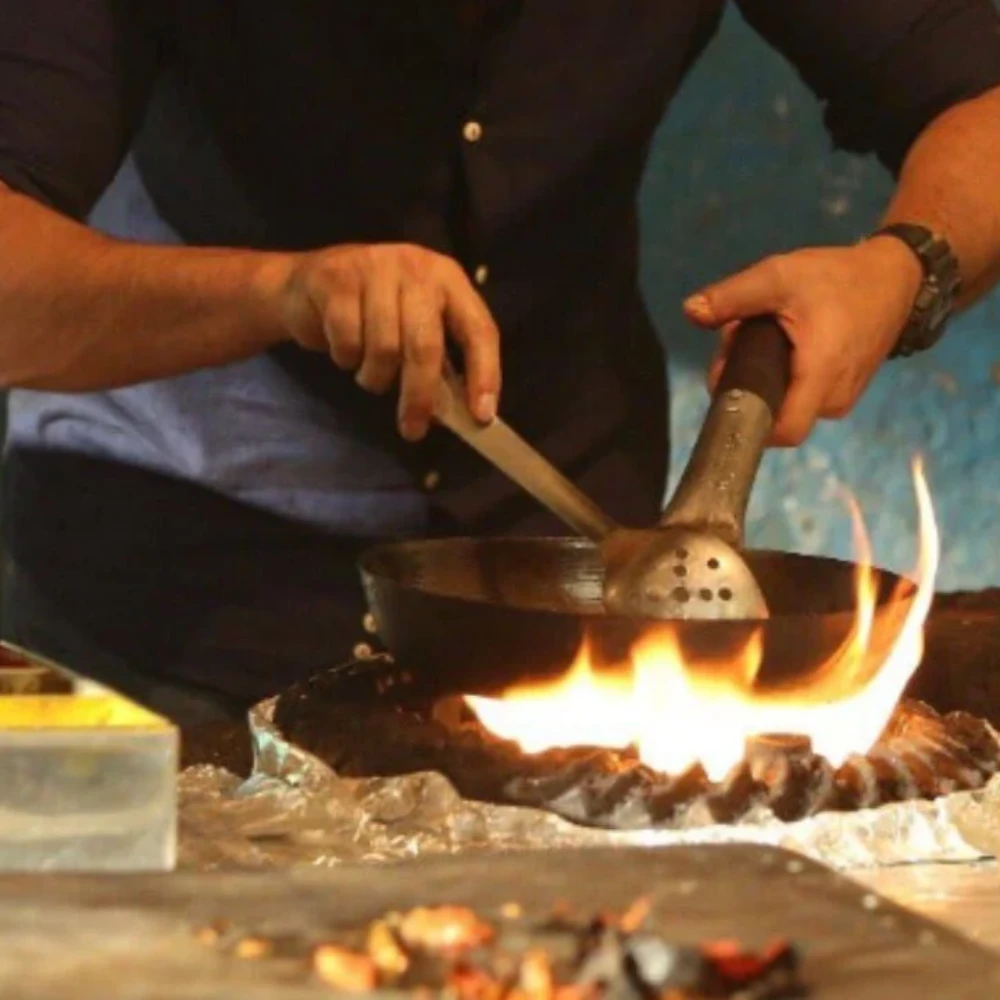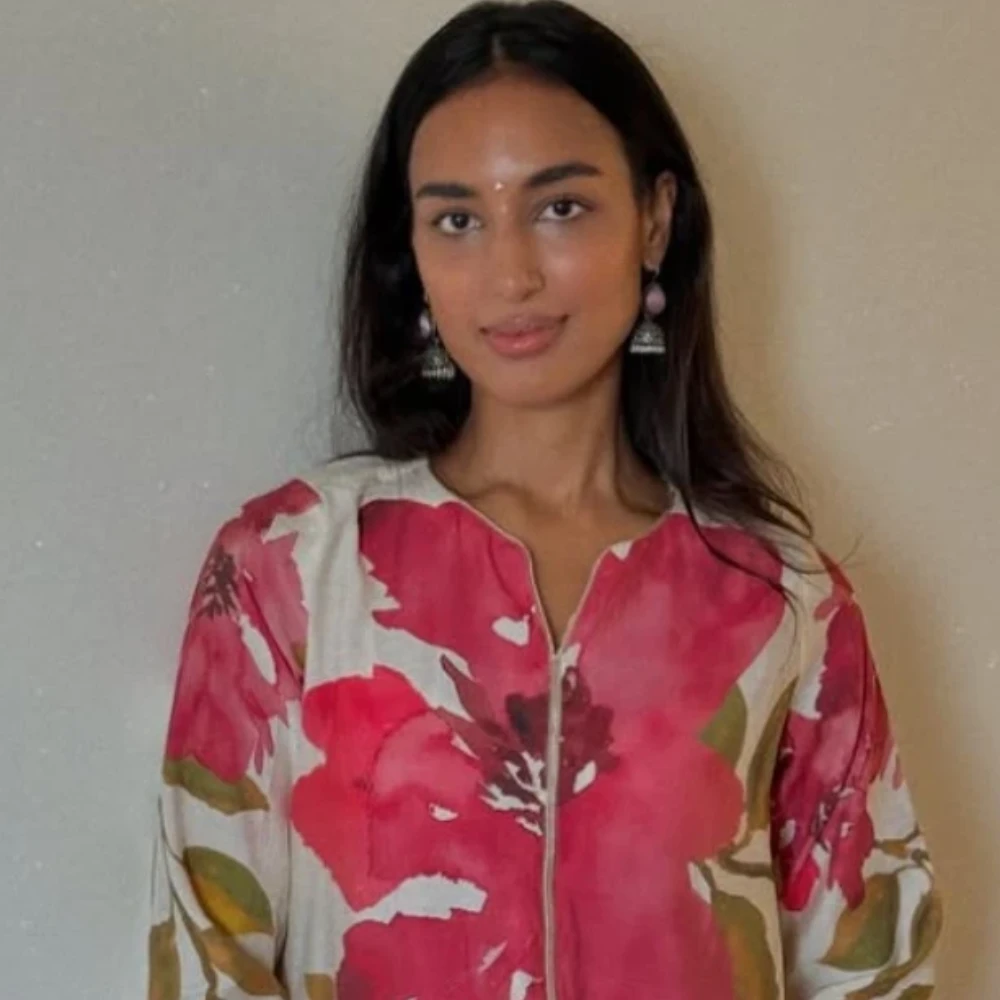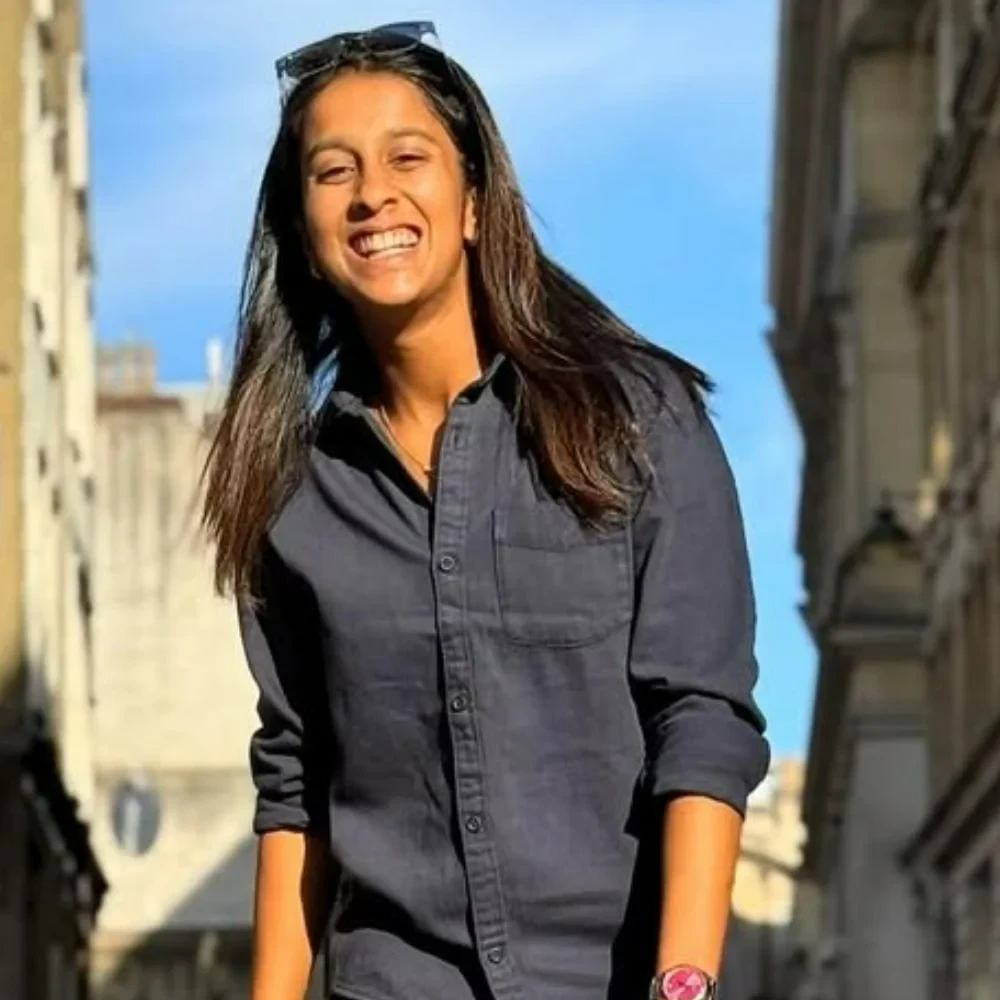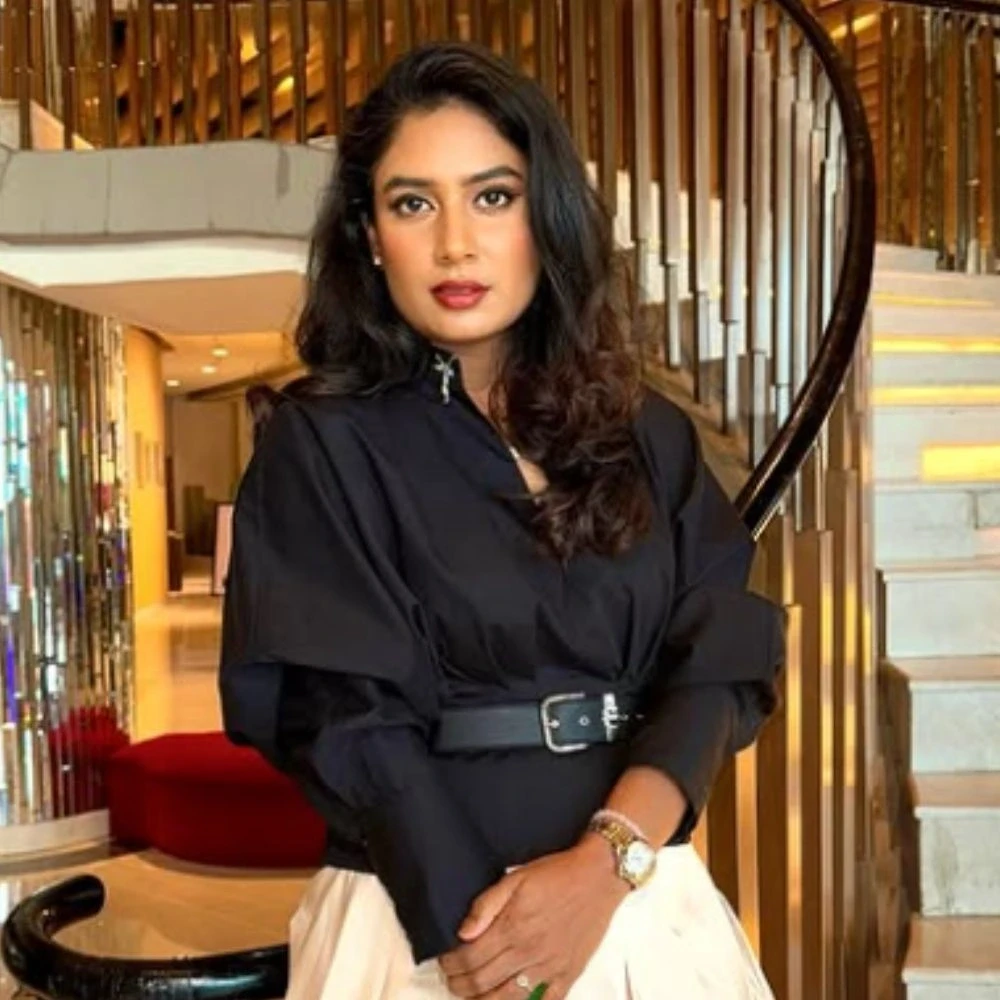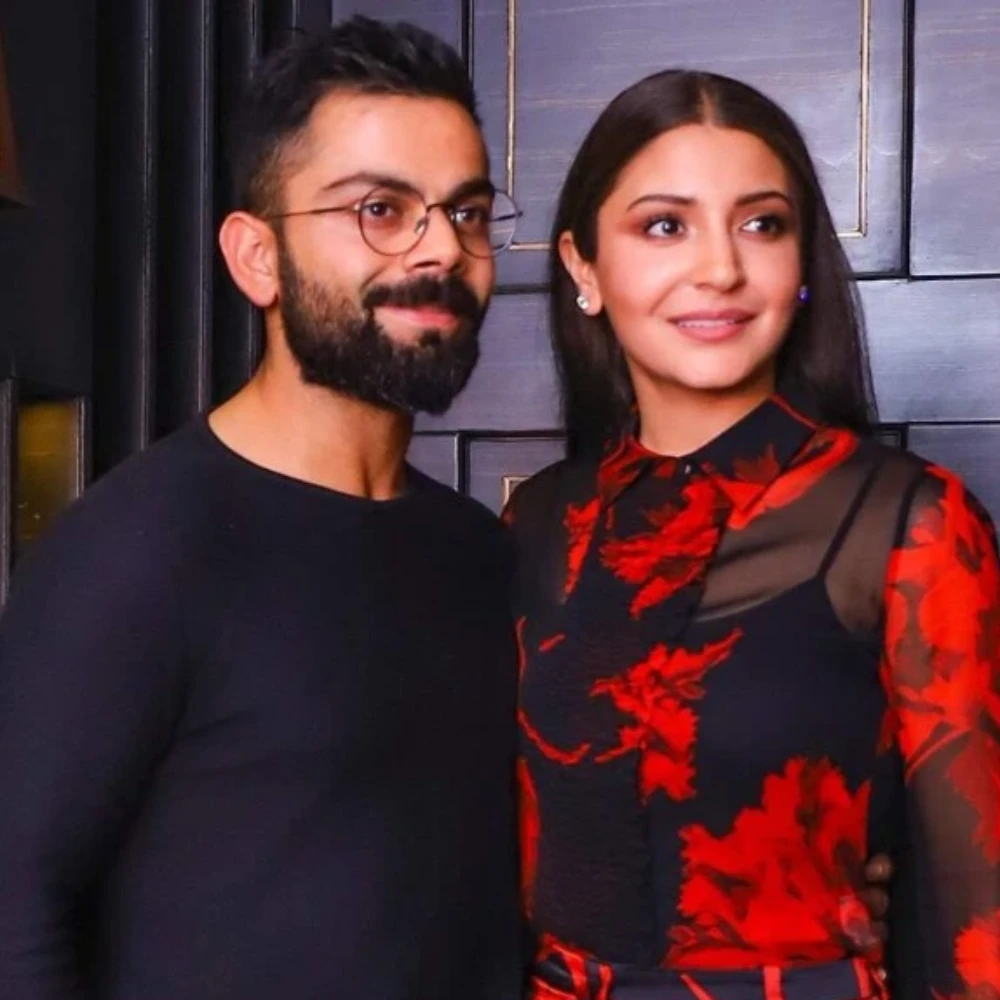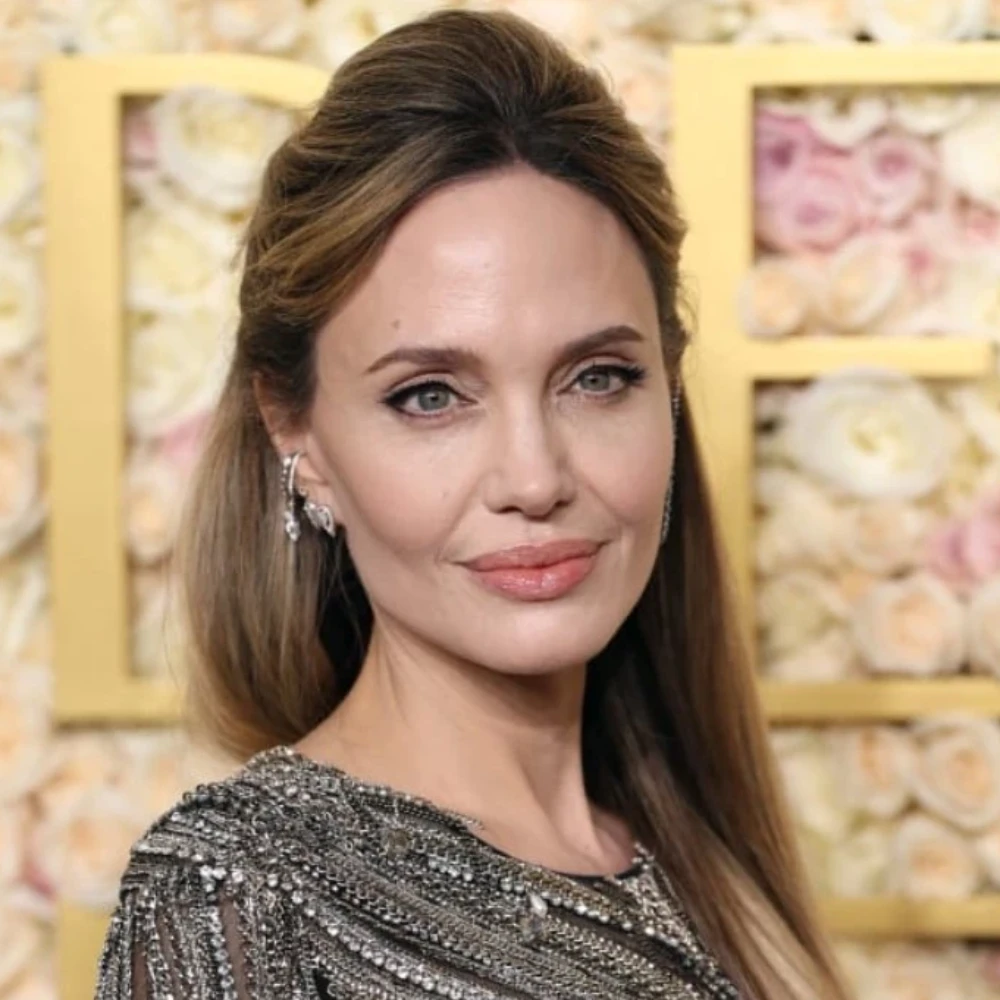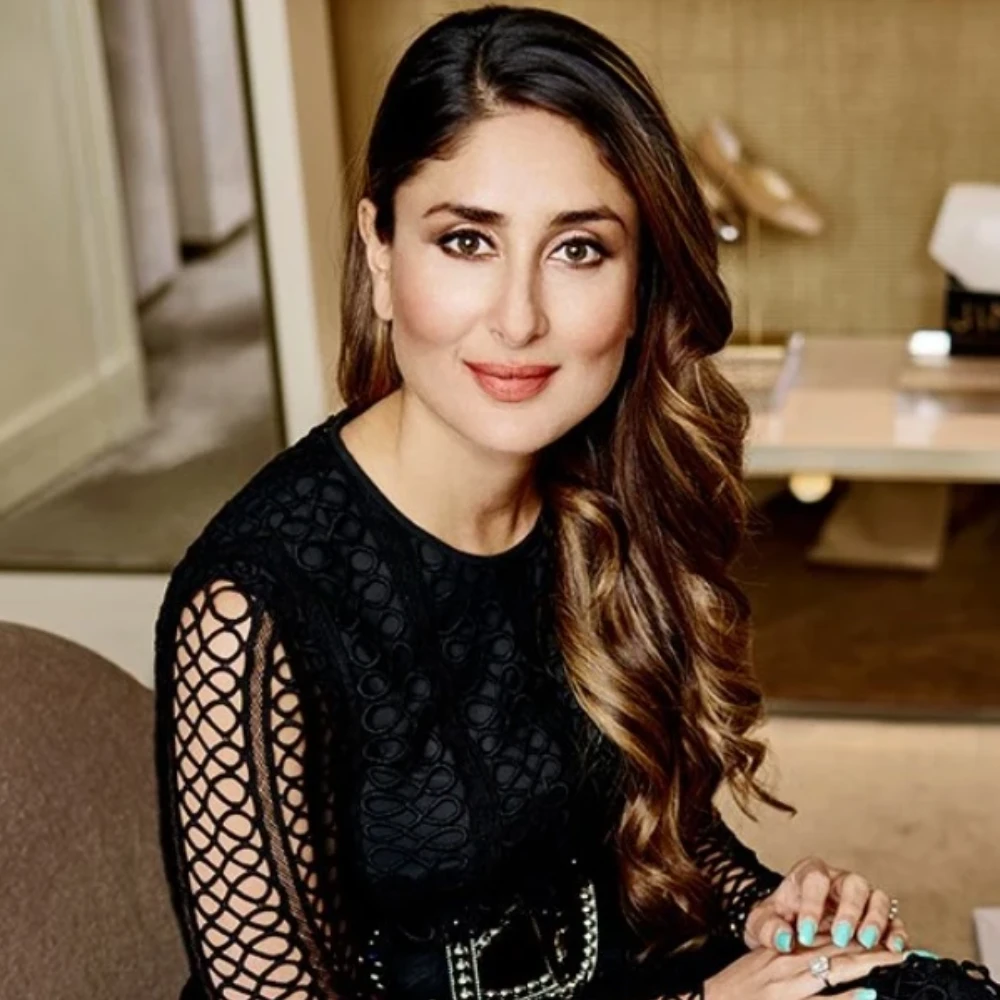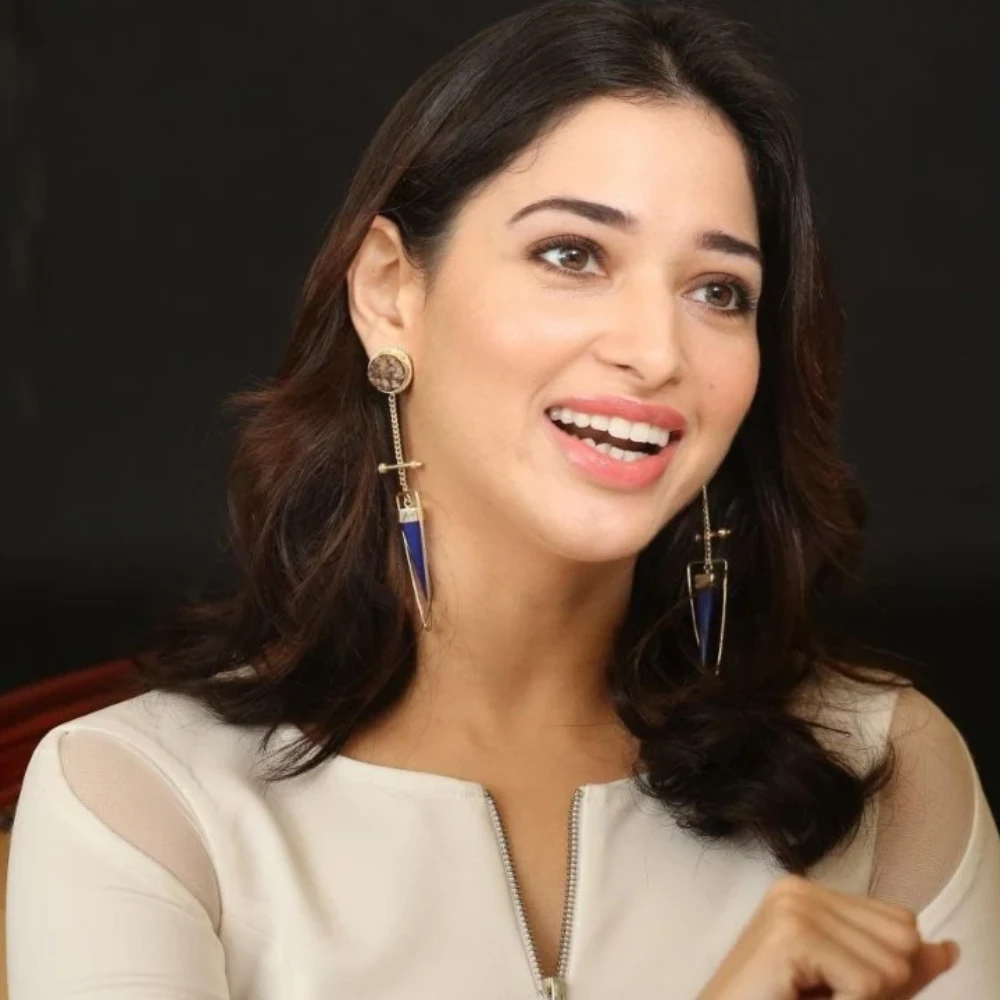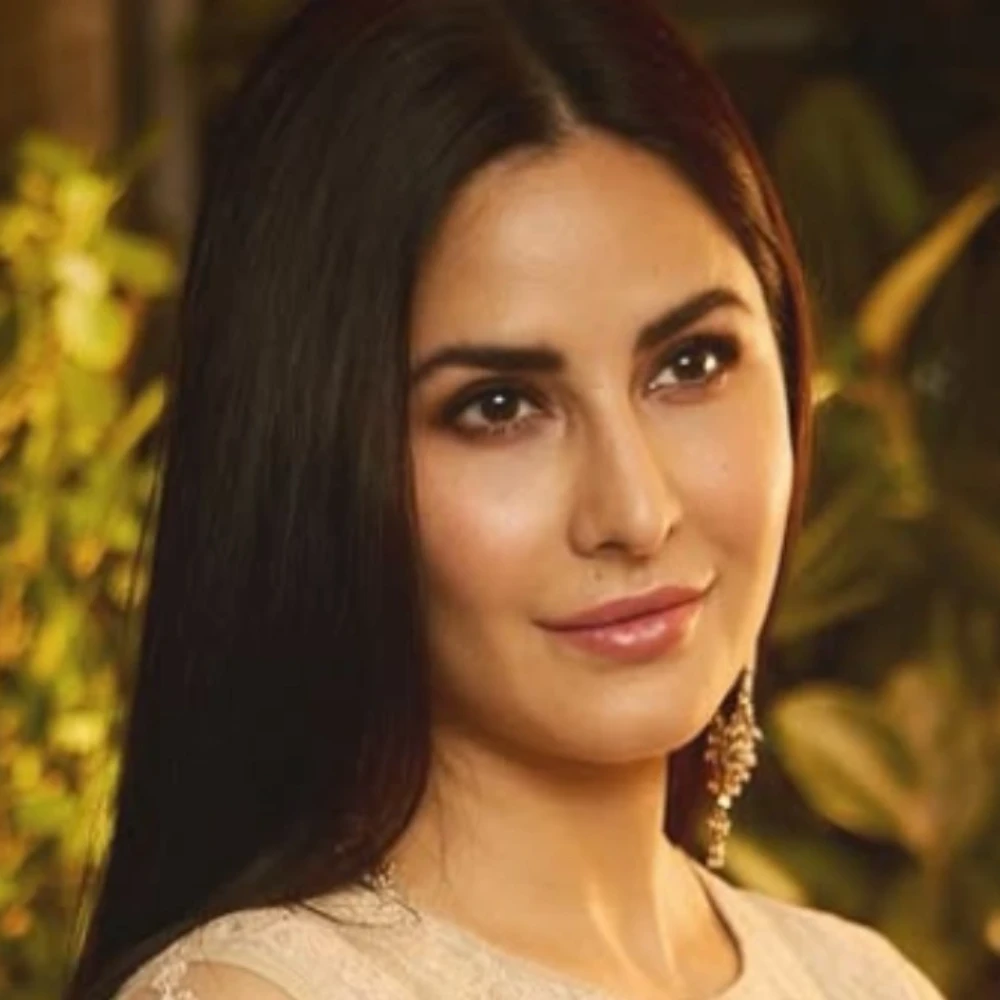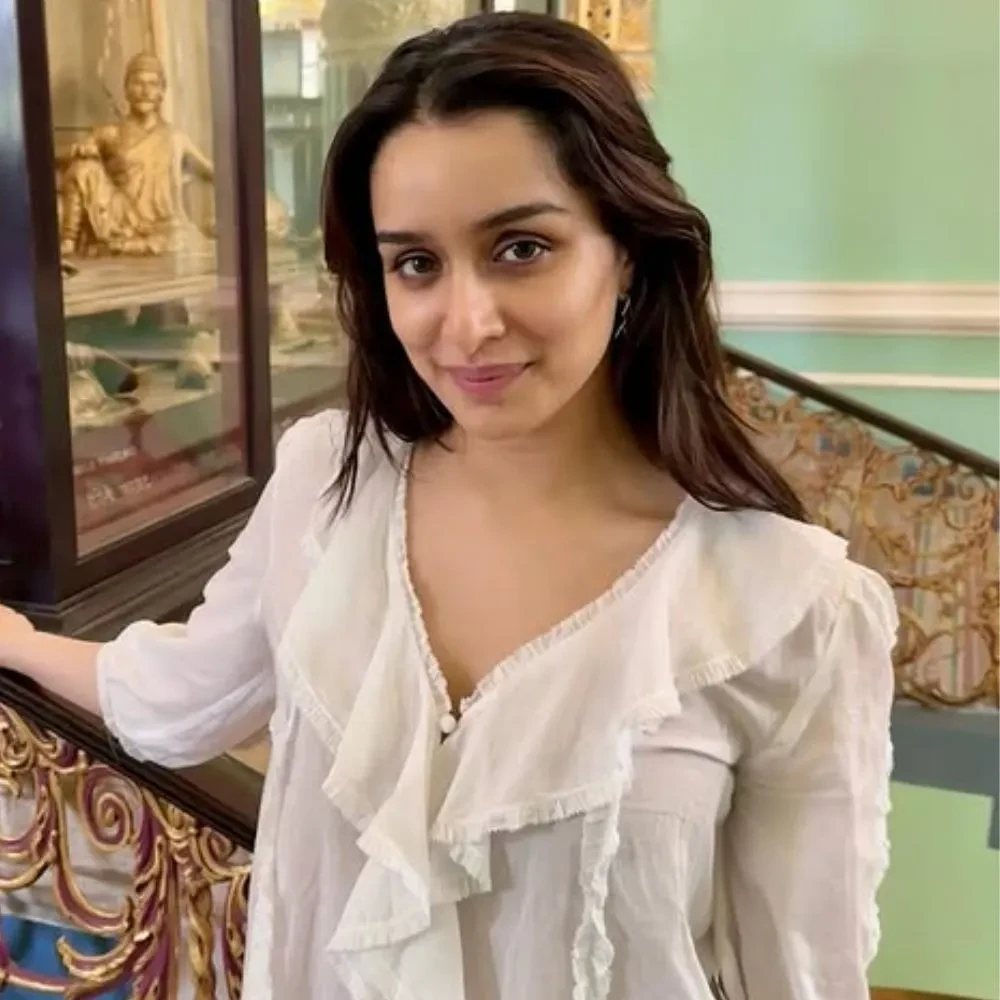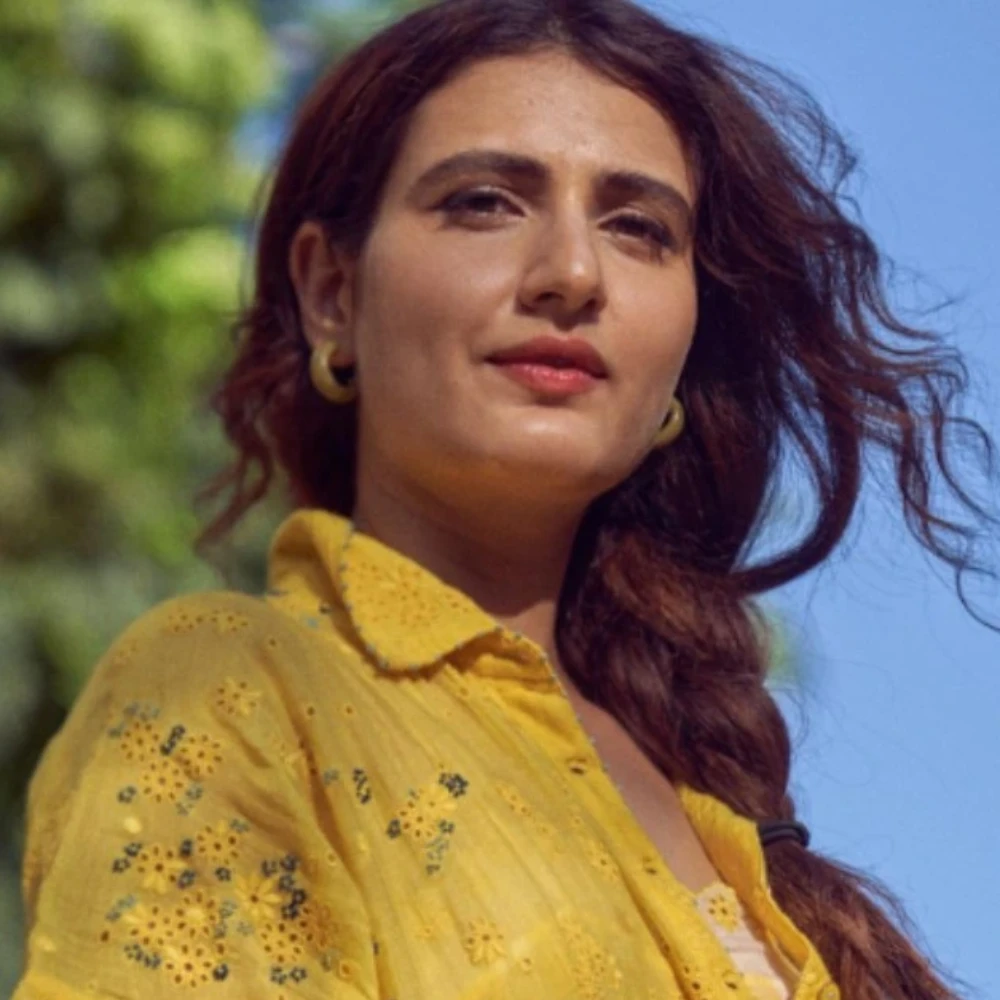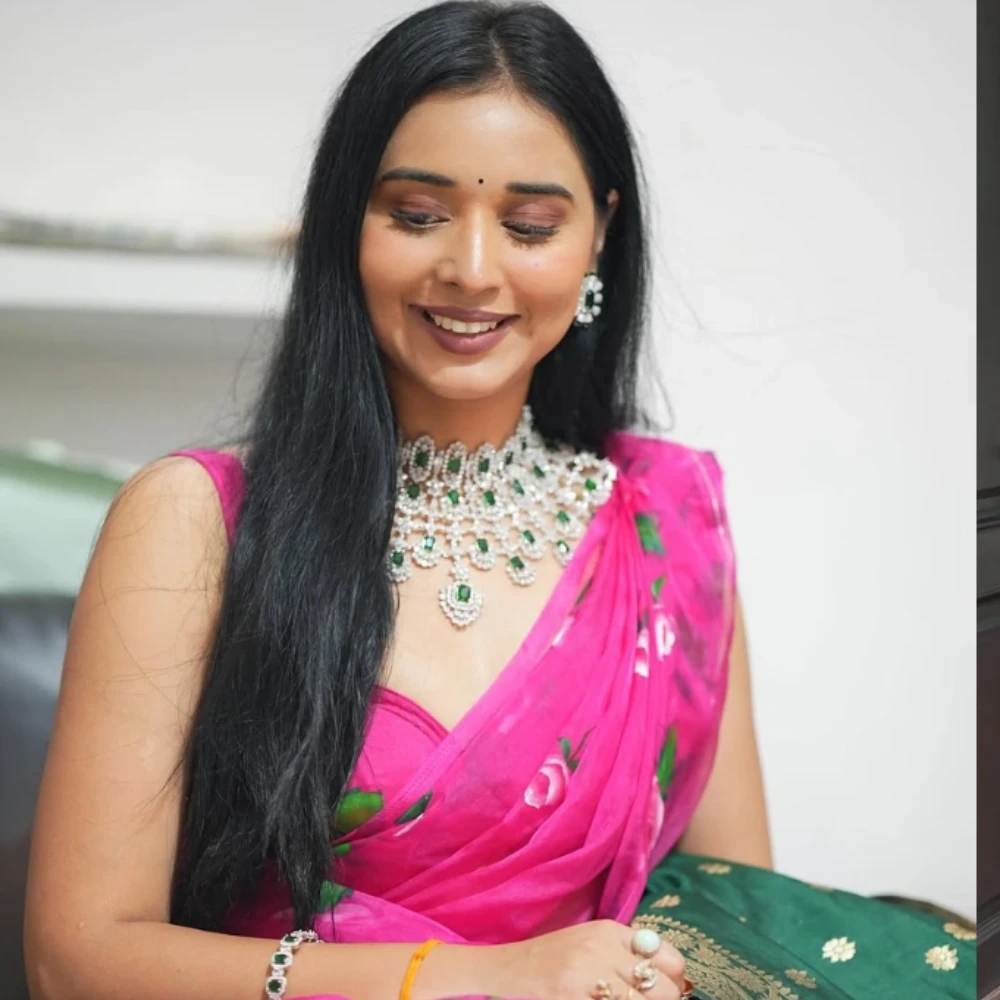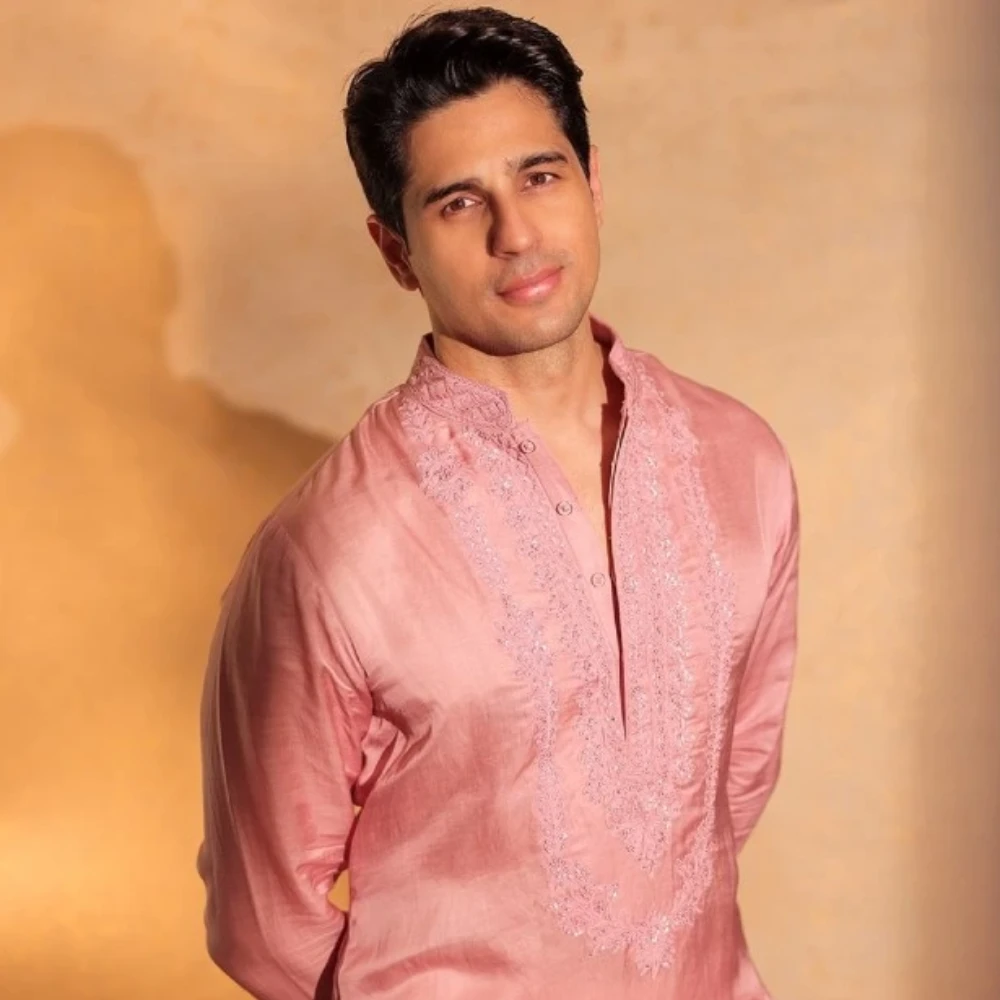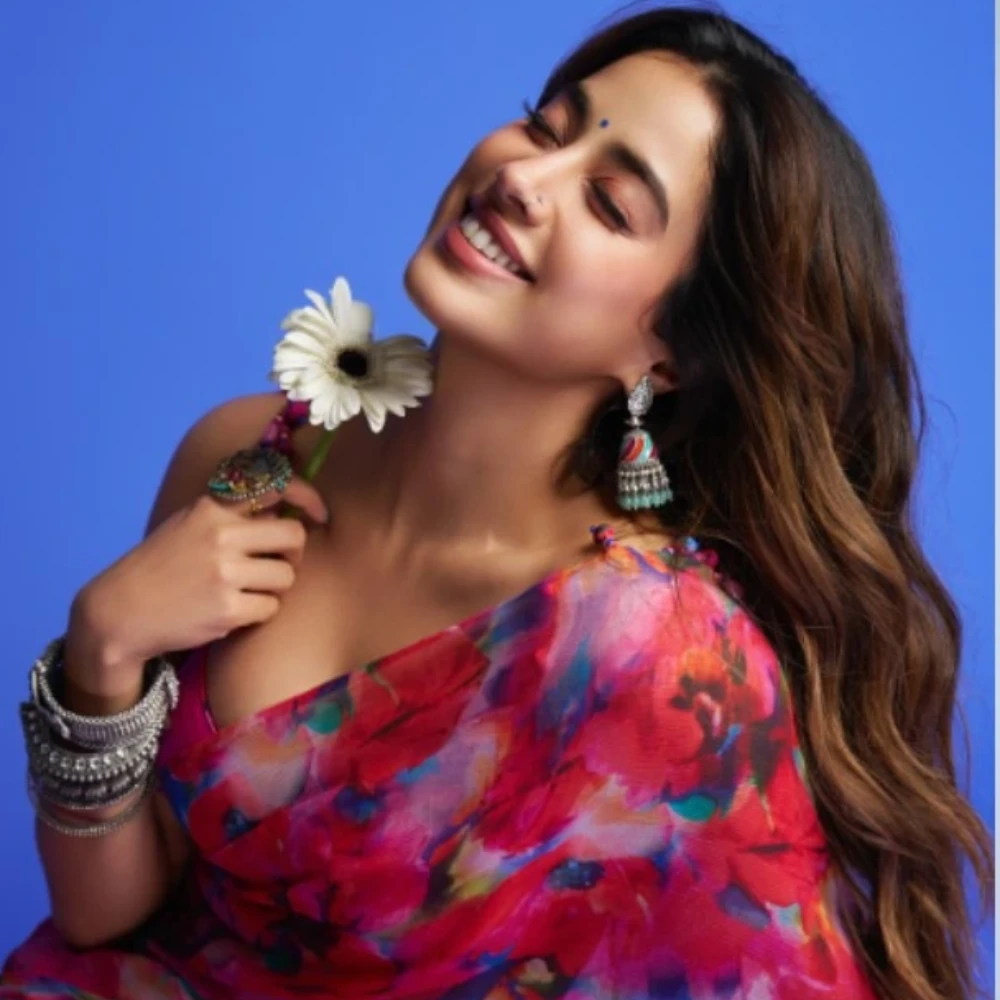What is Seollal? All you need to know about the Korean Lunar New Year
From games to food and more, discover all about Seollal also known as the Korean Lunar New Year tradition.
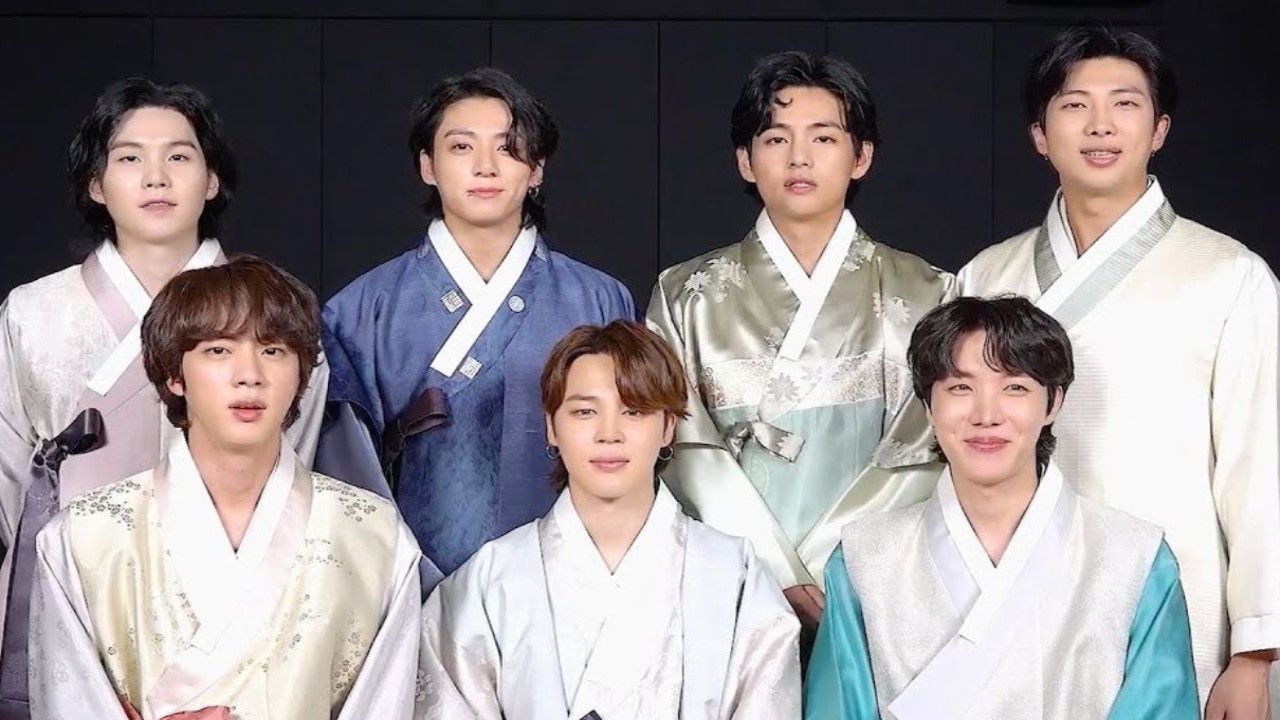
New Year's celebrations vary across the globe. While many countries mark the occasion on January 1st, others, such as China and Korea, celebrate at different times. In Korea, New Year is celebrated on Seollal, or Korean New Year, which spans three days including the day before and after New Year's Day. This holiday is observed in both South Korea and North Korea.
What does the word Seollal mean?
Seol, written as 설 in Middle Korean Hangul, originally meant "year of age," as it was the day when Koreans traditionally became one year older. However, this practice changed in South Korea as of 2023. The modern Korean word for "age," sal, is derived from the same origin as seol. Nal (날) means day in Korean, stemming from Old Korean NAl. The Hanja term won-il is used when referring to the date of the lunar new year in the Korean calendar itself.
The Korean lunisolar calendar, like those of other East Asian countries such as Japan, Mongolia, and Vietnam, is based on historical variants of Chinese calendars, such as the Shixian calendar of the Ming dynasty. While China and Japan have different terms for their respective new years, they share a common heritage with Korea in their calendar systems.
When and how is Seollal celebrated?
Korean New Year, known as Seollal or Korean Lunar New Year, falls on different dates in January or February each year, depending on the lunar calendar. In 2024, Seollal is celebrated on Saturday, February 10th, with festivities spanning three days—beginning the day before and concluding the day after. Traditionally, families gather at the home of their eldest male relative to honor ancestors and elders. Central to the celebration is the ritual of ancestor worship, accompanied by communal meals, games, and the tradition of "Sebae," where children and students bow to their elders and receive token gifts of money.
The family traditionally engages in a meticulously structured ritual of ancestor reverence known as "charye." During charye, female relatives prepare food while male relatives serve it to the ancestors. Both genders participate in the final step of the ceremony called "eumbok," where they consume the food, seeking the ancestors' blessings for the upcoming year. Although the specific dishes prepared for ancestors may vary by region, certain rules, such as the placement of food, are generally consistent across traditions.
Celebrating Korean New Year involves various preparations and traditions. On the first morning, Koreans pay homage to their ancestors by placing traditional foods on a table as offerings. The family engages in a rite, marked by deep bows from all members, signifying respect and importance. This practice also includes prayers for the well-being of family members. Many Koreans choose to don colorful traditional attire known as hanbok, typically reserved for special occasions like weddings and New Year celebrations. However, due to modernization and changing cultural norms, more individuals opt for westernized attire over hanbok. Following the rite, the family enjoys a lavish feast together.
Food of Seollal
While the specific dishes prepared for the charye ceremony may vary by region, common elements include rice, soup, meat, seafood, liquor, fruit, and vegetables. On New Year's Day in South Korea, the staple dish is tteokguk, a traditional soup made with rice cakes (tteok) in a beef-based broth. It's typically garnished with thinly sliced egg, green onion, and meat. Variations may include soy sauce in the soup base or the addition of Korean dumplings known as mandu.
The white color of the rice cakes in tteokguk is believed to symbolize "purity and cleanliness" in Korean culture. It is also believed that consuming tteokguk adds another year to one's life, making it a significant dish for New Year's celebrations. The origins of tteokguk can be traced back to the 19th century. Children, in particular, eagerly anticipate eating tteokguk because consuming a bowl marks their Lunar Calendar Birthday.
Savory pancakes known as jeon are a staple of Korean New Year's feasts. These pancakes are made with various fillings such as meat, seafood, and vegetables, creating a flavorful fried side dish. Popular fillings include shredded beef, oysters, kimchi, and green onion.
Another dish commonly enjoyed during Lunar New Year celebrations is japchae. This noodle dish features beef, vegetables like spinach, carrots, mushrooms, and chili peppers, along with clear cellophane noodles made from potato starch. The ingredients are stir-fried and tossed in a sauce made from soy sauce, sugar, and sesame oil, resulting in a delicious and satisfying dish.
Games played on Seollal
During downtime between meals and conversations, Korean families often engage in traditional games like GoStop and Yut Nori. Similar to how Western households own standard 52-card decks, most Korean families have a set of Hwatu playing cards. GoStop, played with Hwatu cards, is a simple game often involving small bets and played by 2 or 3 people.
Hwatu translates to Battle of Flowers, referencing the vibrant images adorning the 48 cards in the deck. Each deck comprises 12 sets of 4 similarly designed cards, representing the 12 months of the year. Players earn points by matching card features in various combinations. After accumulating 3 or 7 points, players must decide whether to continue (go) or end (stop) the game. Points are tallied, with adjustments based on the number of go calls, and small sums of money are exchanged accordingly.
Games typically last around 15 minutes, providing a fun and relaxed way for everyone to unwind. GoStop games are often lively, with players believing that shouting when playing cards can bring good luck.
Korean zodiac
Koreans follow a zodiac system identical to the Chinese zodiac, consisting of 12 animals representing the 12 years in sequential order. According to legend, Buddha invited animals from around the world to visit, with only 12 responding. In honor of their visit, Buddha named the years in the order they arrived.
Each zodiac animal is believed to bring specific resources and qualities. For instance, the Year of the Horse, such as 2014, was considered favorable for finances and career advancement. Koreans believe individuals born in a particular zodiac year inherit the characteristics of that animal, influencing their personality and destiny. Consequently, Koreans often plan their activities and decisions around their zodiac sign to ensure a prosperous year. Some parents even aim to have their children born in specific zodiac years to impart desired characteristics.
Seollal in Korean Entertainment
For fans of Korean entertainment, the Lunar New Year celebration offers a delightful treat in the form of special episodes from their favorite shows. Iconic Korean variety programs like Infinite Challenge, 2 Days 1 Night, Knowing Brothers, and others have a rich tradition of crafting joyous and heartwarming episodes to mark the occasion.
Stay updated with the latest Hallyu news on: Instagram, YouTube, Twitter, Facebook and Snapchat





 JOIN OUR WHATSAPP CHANNEL
JOIN OUR WHATSAPP CHANNEL